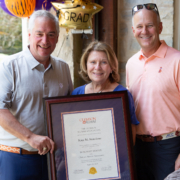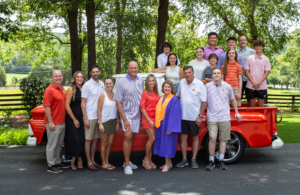‘This Was a Man’
Written by: Kelly Durham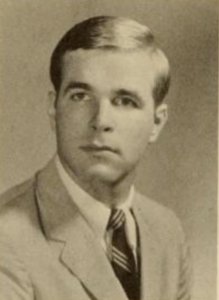
Richard Worrell Kapp, Jr., “Dickie” to his friends, was impressing people long before he arrived on the Clemson College campus. Kapp was from Orangeburg, where his friend Carolyn Stone Lewis remembered, he “excelled at EVERYTHING he did.” “Everything” included Boy Scouts, academics, work, and sports.
Daniel Brailsford was a friend and coworker during summer breaks from school. “Dickie and I toughened up by working construction. We installed roofing and insulation for a home builder the first summer and, the summer before our senior year, we worked for Daniel Construction which was building a tool plant, Utica Drop Forge, outside of Orangeburg. That summer we drove lay-out stakes, hauled block and lumber around the site, and wired together mats of rebar across the bottoms of huge square pits dug out of the clay. At the end of every day, Dickie would come back to the car covered with sweat and grime, but still smiling impishly. Dickie liked hard work. He took pride in whatever he did.”
Dickie’s work ethic helped him build an impressive record at Orangeburg High School. A two-way starter on the football team, Dickie was a powerful linebacker who, according to Brailsford, “hit like a piston.” One of the team’s captains, he was described by the Times-Democrat newspaper as “a sixty-minute man when the going gets tough.” Dickie’s achievements were not restricted to sports. He was a strong student, a member of the student council, and served as president of the Key Club, a profile which earned him Orangeburg High School’s coveted Bill Davis Trophy, awarded annually to the person who best displays the qualities of scholarship, athletic ability, and sportsmanship.
Dickie exhibited the same discipline and leadership traits at Clemson, where he enrolled as a member of the Class of 1966. A history major, Kapp was a member of the Numeral Society, Phi Kappa Phi national scholarship society, and Phi Eta Sigma national honor fraternity. He was a member of the Young Republicans and served on student government’s high court.
Fraternity brother Steve Hixson described Kapp as “the most focused, mature, sincere, and all-around nicest person I had ever met,” adding that Dickie was a role model for putting studies first. At Clemson, as he had in high school, Dickie achieved an enviable record. He applied and was accepted to law school, but there was something else he felt called to do first. Dickie volunteered for the Marine Corps, according to his cousin Lloyd Kapp, because “he felt he was duty bound to serve his country.” Fraternity brother Dave Merry agreed. “He believed in what he was doing and what the country was doing and was looking forward to leading a marine platoon even though he was fully aware of the life expectancy of such a position.”
Kapp graduated from Clemson on December 17, 1966. He reported to Quantico, Virginia for Marine Corps Officer Basic Training School, Class 6-67 which convened on June 1, 1967. Also in the class was Kapp’s Clemson classmate, Stephen Hilton. Both young alumni graduated as Second Lieutenants on November 1, 1967. Their Quantico class sent more lieutenants off to battle and suffered more combat casualties than any Basic School class since the Korean War. Sadly, both Kapp and Hilton would be included in this tragic tally.
After completing his basic training, Second Lieutenant Kapp was sent to Camp Schwab, Okinawa in December 1967. He arrived in Vietnam in January 1968 and was assigned as platoon leader of 2nd Platoon, M Company, 3rd Battalion, 1st Marines. His unit was assigned the mission of engaging and destroying elements of the North Vietnamese Army which had been interdicting traffic along the Qua Viet River in  northern South Vietnam. The North Vietnamese were seeking to disrupt a vital supply link between the sea and the Marine Corps’ Dong Ha combat base in preparation for their upcoming surprise Tet Offensive.
northern South Vietnam. The North Vietnamese were seeking to disrupt a vital supply link between the sea and the Marine Corps’ Dong Ha combat base in preparation for their upcoming surprise Tet Offensive.
The largest village in 3rd Battalion’s area of operations was Mai Xai Tsi, the site of two major battles, one on the last day of January and the other on the first day of March. John Potts was a squad leader in Kapp’s platoon. “On March 1, 1968, Lt Kapp led his platoon of thirty-five marines into battle in the North Vietnamese Army occupied village of Mai Xai Tsi, along the Qua Viet River about 10 miles south of the Demilitarized Zone. The entire 3rd Battalion was involved in the attack and met heavy resistance. Causalities were heavy and continued to mount throughout the day. Despite the loss of his platoon right guide, two squad leaders, his radioman, and about a dozen other men, Lt Kapp continued the attack deep into the village. In the late afternoon, Lt Kapp was reorganizing the remaining members of his platoon when an unobserved NVA soldier rushed from behind a structure and fired a burst from his AK-47 automatic rifle. Tragically, Lt Kapp and his platoon sergeant were killed instantly, but his last spoken words served as a warning to the other members of the platoon, preventing additional casualties.” Potts remembered his platoon leader as “quietly confident,” someone whose “lack of fear in the face of extreme personal danger distinguished him as a leader and served as an example to all who served with him.” Potts recalled that Lieutenant Kapp “treated his men with respect, and related his trust in those of us who had been in-country for some time and encouraged us to help the newer guys… We were all willing to follow him into battle.”
After his death, the Numeral Society at Clemson, now SAE fraternity, named its pledge award in Dickie’s honor. Orangeburg High School created a scholarship in his memory which is awarded each year to a deserving senior. The school’s principal, Eugene Smith eulogized Kapp in the Orangeburg newspaper. “All teachers in the public schools,” he began, “have the privilege of knowing truly worthy, open-faced, clear-thinking young men.” He described Dickie Kapp as “quietly sincere… modest but confident,” someone who “earned respect and love by becoming what many of us wish to become – a clean-cut, solid thinking, a willing and responsible giver of his talents and strength.” Smith concluded by quoting Shakespeare. “His life was gentle, and the elements so mixed in him that Nature might stand up and say to all the world, ‘This was a Man.’”
Richard Worrell Kapp, Jr. was awarded the Purple Heart, Combat Action Medal, Presidential Unit Citation, Navy Unit Commendation, National Defense Service Medal; Vietnam Service Medal; Republic of Vietnam Gallantry Cross with Palm, Individual Award for Valor; National Order of Vietnam Medal, 5th Class; Republic of Vietnam Gallantry Cross Unit Citation with Palm; and Republic of Vietnam Campaign Medal.
Medal.
Kapp was survived by his mother, stepfather, sister, and brother. He is buried in Orangeburg’s Sunnyside Cemetery.
For more information about Second Lieutenant Richard Worrell Kapp, Jr. see:
https://soh.alumni.clemson.edu/scroll/richard-worrell-kapp-jr/
For additional information about Clemson University’s Scroll of Honor see:
https://soh.alumni.clemson.edu/

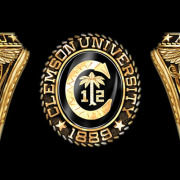
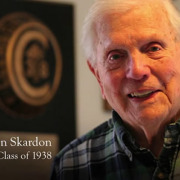
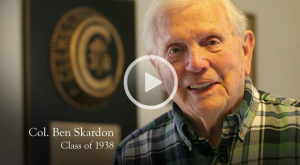

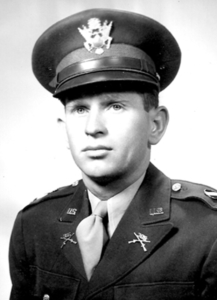 After a short rest to receive and train replacements, the 3rd Division landed at Salerno on the Italian mainland as part of General Mark Clark’s Fifth Army. The 3rd battled northward through some of the fiercest fighting of the war, reaching the Volturno River and Monte Cassino, the high ground controlled by the Germans and dominating the road to Rome. In mid-November, the 3rd was pulled from the line to rest and receive replacements.
After a short rest to receive and train replacements, the 3rd Division landed at Salerno on the Italian mainland as part of General Mark Clark’s Fifth Army. The 3rd battled northward through some of the fiercest fighting of the war, reaching the Volturno River and Monte Cassino, the high ground controlled by the Germans and dominating the road to Rome. In mid-November, the 3rd was pulled from the line to rest and receive replacements.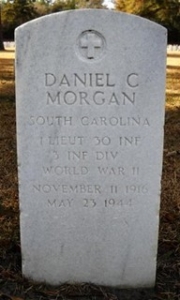 the cost, as always, was high. The 3rd Infantry Division suffered 955 casualties on May 23, including Second Lieutenant Morgan who was killed in action. The Italian capital was liberated on June 4.
the cost, as always, was high. The 3rd Infantry Division suffered 955 casualties on May 23, including Second Lieutenant Morgan who was killed in action. The Italian capital was liberated on June 4.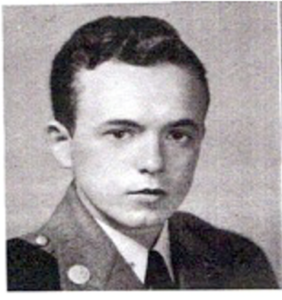
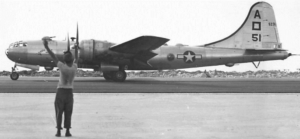
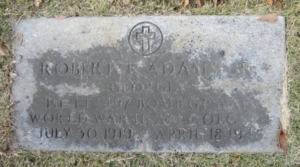
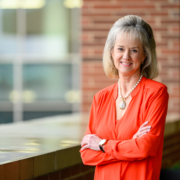




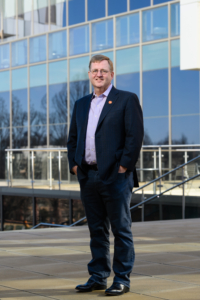
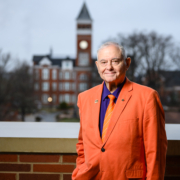
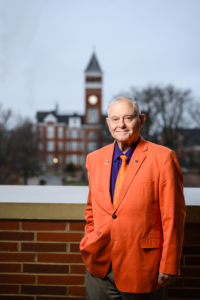


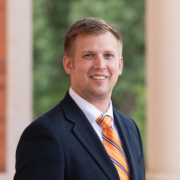
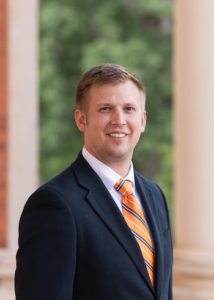

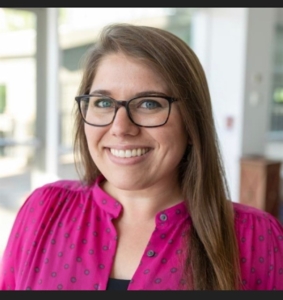

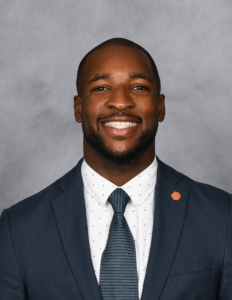
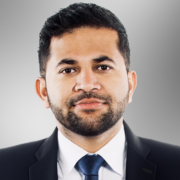








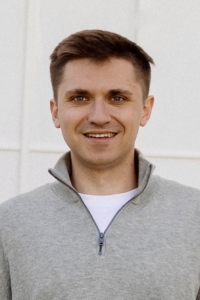
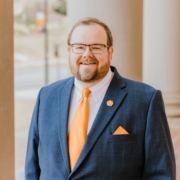



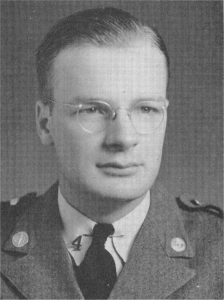
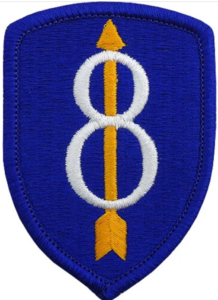 One month after graduation, Second Lieutenant Fellers reported for duty at Camp Wolters, Texas, the largest infantry replacement training center in the country. After a stint at Fort Meade, Maryland, Fellers shipped overseas in August 1944.
One month after graduation, Second Lieutenant Fellers reported for duty at Camp Wolters, Texas, the largest infantry replacement training center in the country. After a stint at Fort Meade, Maryland, Fellers shipped overseas in August 1944.

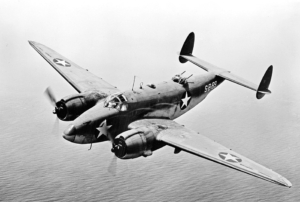 The Ventura was normally crewed by six men, but on this flight, with no operational mission en route, Staff Sergeant Lawhon and the two pilots, Second Lieutenant Joe Hanna and First Lieutenant Robert Smith, were the only official crew members. Three other service men were listed on the flight manifest as passengers. The aircraft departed Red Bluff at 1300 hours on a flight plan to Medford. With pilot Hanna at the controls, the Ventura penetrated a light overcast soon after departure and continued to climb through layers of clouds. In the vicinity of Redding, California, the weather closed in and Hanna switched to instrument flying. At this point, extreme icing conditions were encountered.
The Ventura was normally crewed by six men, but on this flight, with no operational mission en route, Staff Sergeant Lawhon and the two pilots, Second Lieutenant Joe Hanna and First Lieutenant Robert Smith, were the only official crew members. Three other service men were listed on the flight manifest as passengers. The aircraft departed Red Bluff at 1300 hours on a flight plan to Medford. With pilot Hanna at the controls, the Ventura penetrated a light overcast soon after departure and continued to climb through layers of clouds. In the vicinity of Redding, California, the weather closed in and Hanna switched to instrument flying. At this point, extreme icing conditions were encountered.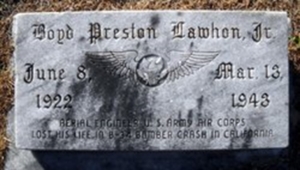

 northern South Vietnam. The North Vietnamese were seeking to disrupt a vital supply link between the sea and the Marine Corps’ Dong Ha combat base in preparation for their upcoming surprise Tet Offensive.
northern South Vietnam. The North Vietnamese were seeking to disrupt a vital supply link between the sea and the Marine Corps’ Dong Ha combat base in preparation for their upcoming surprise Tet Offensive. Medal.
Medal.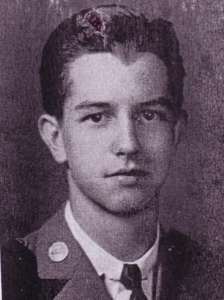
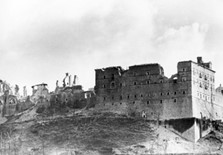
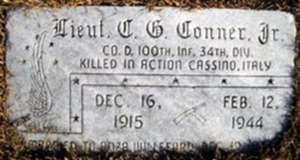

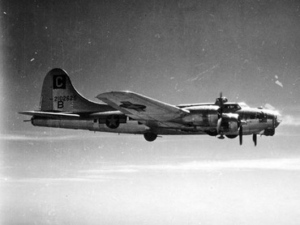 Hubbard was soon ordered back to Nebraska where he received additional training in combat flying in preparation for deployment to Europe. In December 1944, Hubbard arrived in England as a pilot assigned to the 388th Bomb Squadron, an 8th Air Force unit stationed at Snetterton Heath in the southeastern part of the country.
Hubbard was soon ordered back to Nebraska where he received additional training in combat flying in preparation for deployment to Europe. In December 1944, Hubbard arrived in England as a pilot assigned to the 388th Bomb Squadron, an 8th Air Force unit stationed at Snetterton Heath in the southeastern part of the country.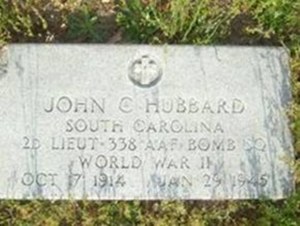 accidents, including eight takeoff accidents. Mercifully, not all of them were fatal.
accidents, including eight takeoff accidents. Mercifully, not all of them were fatal.


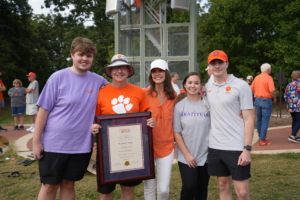

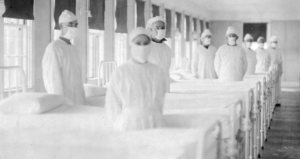
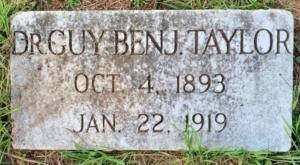 300,000 Americans who died from the Spanish Flu between September 1918 and January 1919.
300,000 Americans who died from the Spanish Flu between September 1918 and January 1919.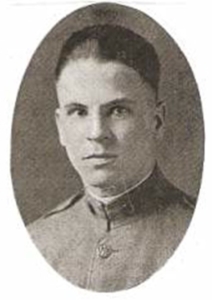
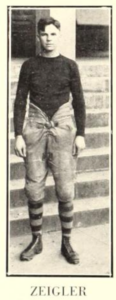 Zeigler’s classmates observed his “individuality, sincerity, and fineness of purpose” and elected him as president of the Class of 1923, an august group that included a future governor and US senator as well as a world famous journalist and author. Taps wrote that Zeigler had “been recognized as a leader among us, and has tackled every problem set before him in his quiet honest way.”
Zeigler’s classmates observed his “individuality, sincerity, and fineness of purpose” and elected him as president of the Class of 1923, an august group that included a future governor and US senator as well as a world famous journalist and author. Taps wrote that Zeigler had “been recognized as a leader among us, and has tackled every problem set before him in his quiet honest way.”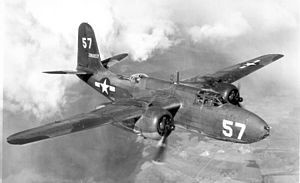 manager of the depot’s aircraft repair shop. At approximately 1550 hours, Zeigler took off to the west. Upon reaching an altitude of twenty to thirty feet, the aircraft leveled off and then nosed down into a flat dive, striking a road about 150 feet from the end of the runway. The impact sheared off the landing gear and the faring of the right engine’s nacelle. The A-20 bounced into the air and appeared to continue straight ahead while climbing to about 200 feet. Zeigler attempted to make a wide turn to the left to return to the field, but witnesses reported that the airplane was flying in an “extremely tail low position and gradually losing altitude.” Faced with a deteriorating situation, Zeigler elected to land in a small field about two miles southwest of the runway. The plane hit the ground on its belly, the force of the impact flipping it onto its back and causing “total damage.” Both Zeigler and Copeland were seriously injured. Copeland died four days later on Sunday, December 6. Zeigler passed away the following Wednesday, December 9.
manager of the depot’s aircraft repair shop. At approximately 1550 hours, Zeigler took off to the west. Upon reaching an altitude of twenty to thirty feet, the aircraft leveled off and then nosed down into a flat dive, striking a road about 150 feet from the end of the runway. The impact sheared off the landing gear and the faring of the right engine’s nacelle. The A-20 bounced into the air and appeared to continue straight ahead while climbing to about 200 feet. Zeigler attempted to make a wide turn to the left to return to the field, but witnesses reported that the airplane was flying in an “extremely tail low position and gradually losing altitude.” Faced with a deteriorating situation, Zeigler elected to land in a small field about two miles southwest of the runway. The plane hit the ground on its belly, the force of the impact flipping it onto its back and causing “total damage.” Both Zeigler and Copeland were seriously injured. Copeland died four days later on Sunday, December 6. Zeigler passed away the following Wednesday, December 9. Colonel Francis Marion Zeigler was survived by his mother, his wife, the former Mildred Van Ausdel, a son, a step-daughter, four brothers, and four sisters. He was buried at Arlington National Cemetery.
Colonel Francis Marion Zeigler was survived by his mother, his wife, the former Mildred Van Ausdel, a son, a step-daughter, four brothers, and four sisters. He was buried at Arlington National Cemetery.
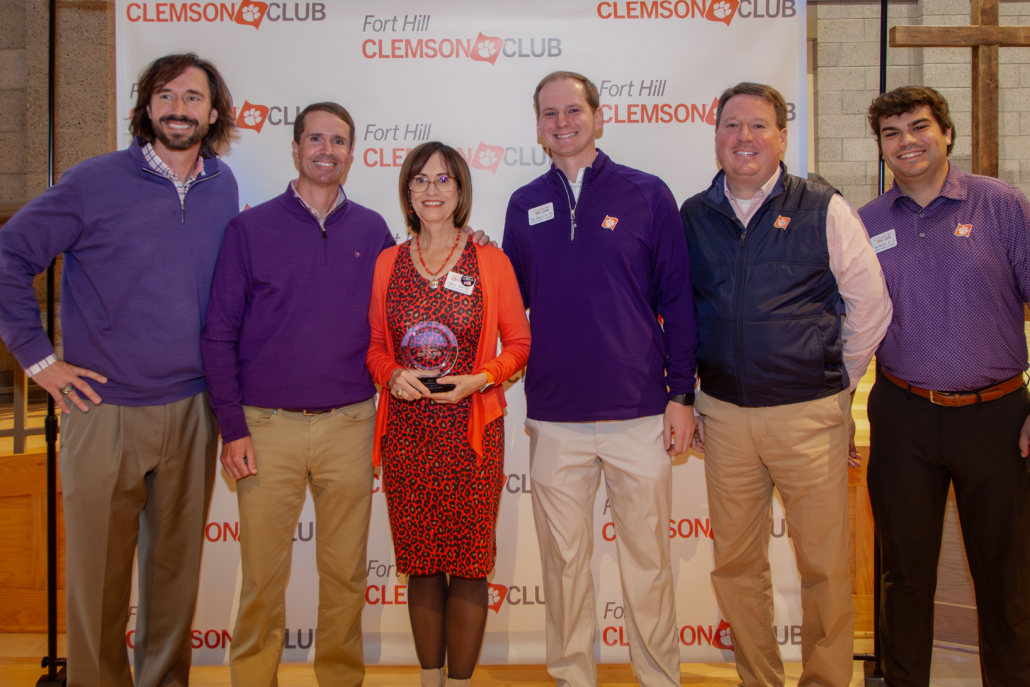
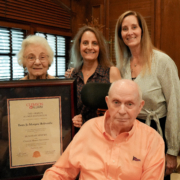
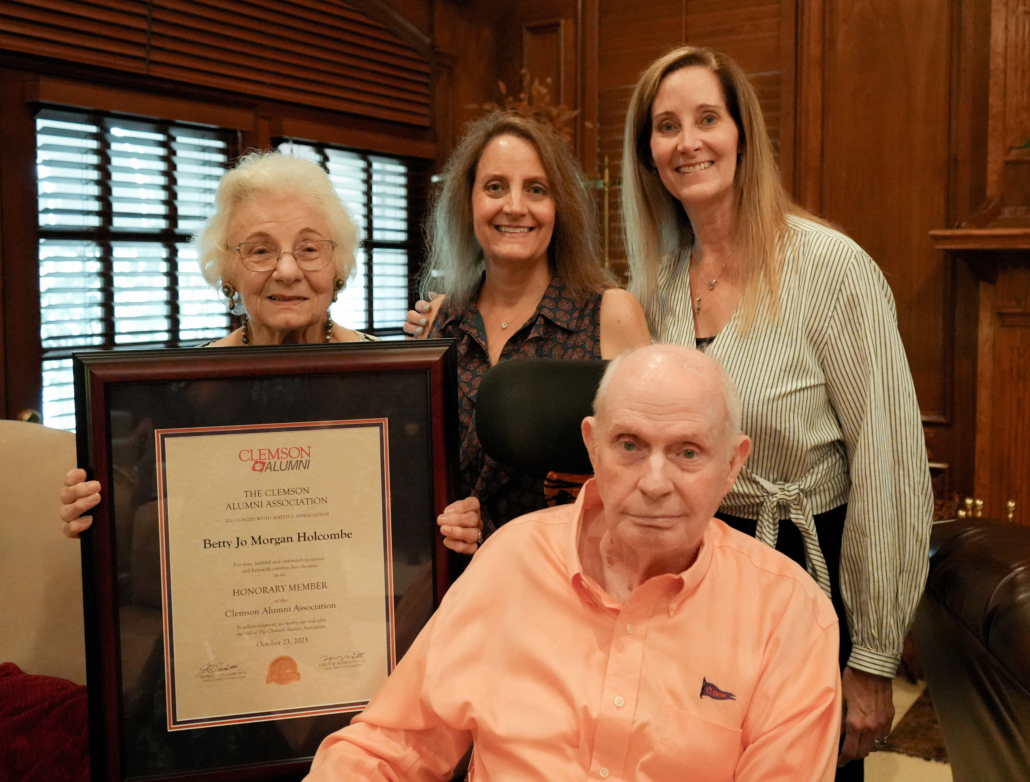
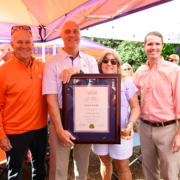
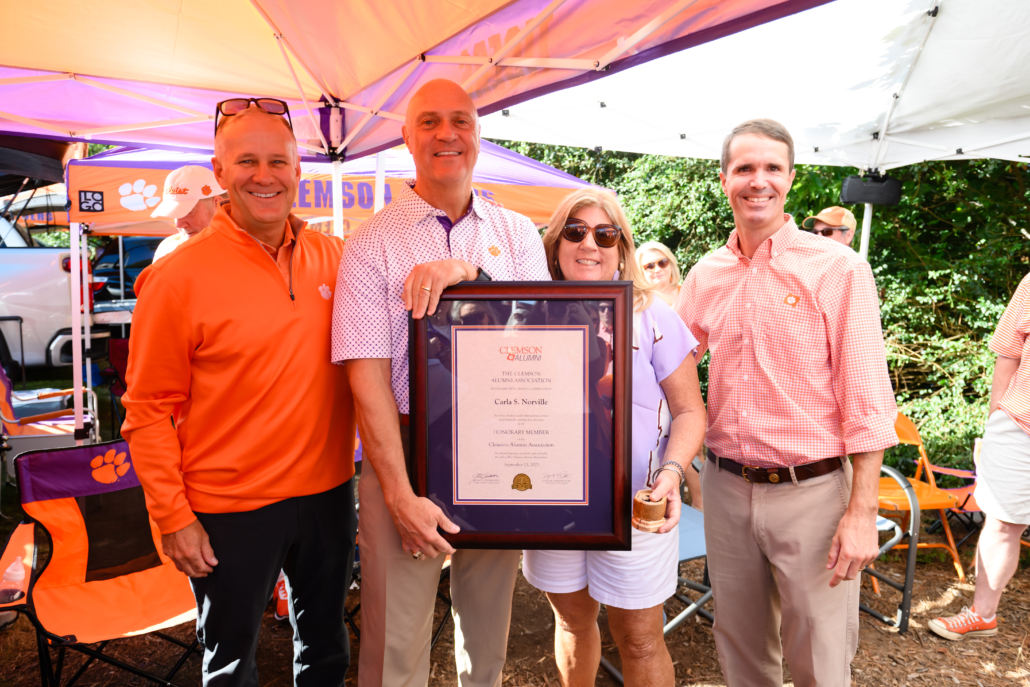
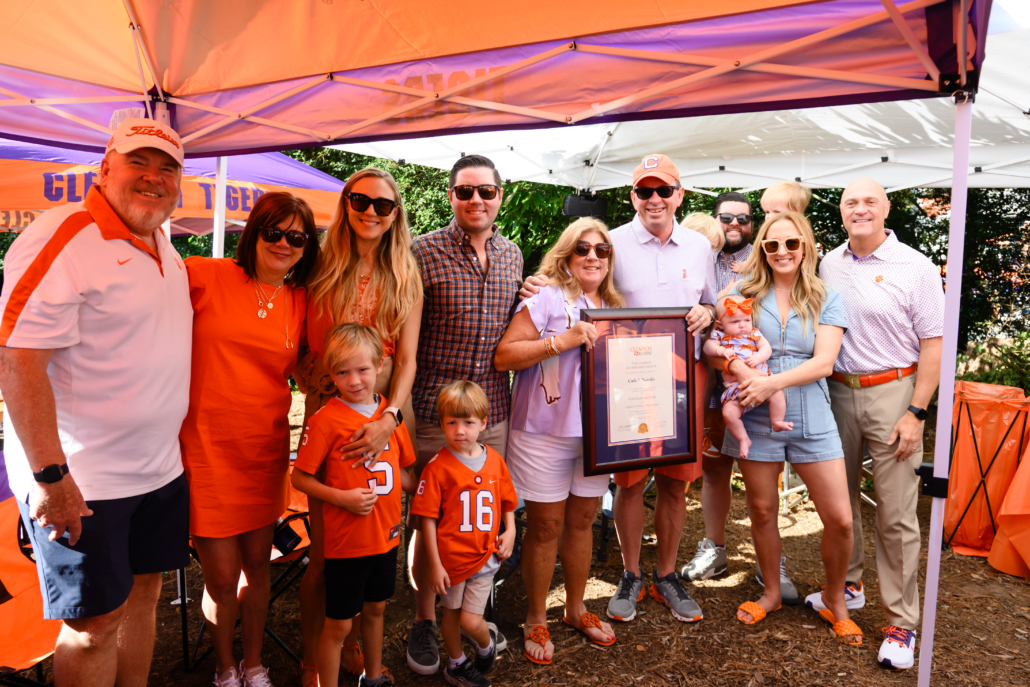
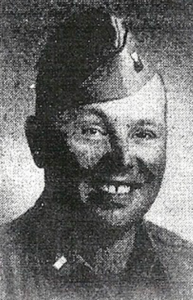
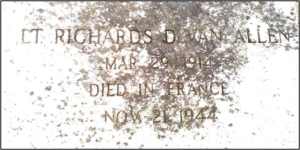 First Lieutenant Richards Daniel Van Allen was awarded the Silver Star and the Purple Heart. He was survived by his mother, his wife Dorothy, and a daughter, Richards Dorothy Van Allen who was born after his untimely death. Van Allen is buried at Bonaventure Cemetery in Savannah.
First Lieutenant Richards Daniel Van Allen was awarded the Silver Star and the Purple Heart. He was survived by his mother, his wife Dorothy, and a daughter, Richards Dorothy Van Allen who was born after his untimely death. Van Allen is buried at Bonaventure Cemetery in Savannah.
 Of course, Agnew wasn’t the only observer of the gathering storm. In Washington, officials of the Roosevelt administration were scrambling to catch up with Germany’s fearsome Luftwaffe, then regarded as the most powerful air force in the world. On October 23, 1941, Secretary of War Henry Stimson announced plans to double the nation’s fleet of first-line combat aircraft. Noting that the increase in strength was needed to meet the “growing requirements” for adequate defense of the Western Hemisphere, Stimson explained that the Army Air Force would extend its growth plans from fifty-four combat groups to eighty-four. In the process, the number of pilots trained annually would increase from 12,000 to 30,000.
Of course, Agnew wasn’t the only observer of the gathering storm. In Washington, officials of the Roosevelt administration were scrambling to catch up with Germany’s fearsome Luftwaffe, then regarded as the most powerful air force in the world. On October 23, 1941, Secretary of War Henry Stimson announced plans to double the nation’s fleet of first-line combat aircraft. Noting that the increase in strength was needed to meet the “growing requirements” for adequate defense of the Western Hemisphere, Stimson explained that the Army Air Force would extend its growth plans from fifty-four combat groups to eighty-four. In the process, the number of pilots trained annually would increase from 12,000 to 30,000.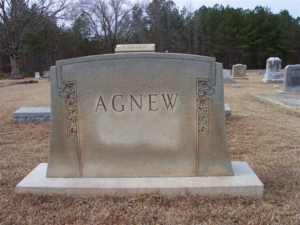 peace and then outright war.
peace and then outright war.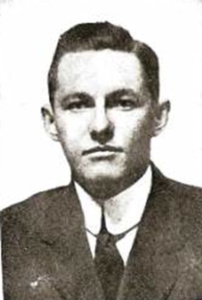
 The division sailed for France in August 1918 and by early October, was defending a sector around St. Dié. Coleman, remembered as someone with a happy, optimistic disposition, was assigned as a switchboard operator, connecting calls between field phones linked by wires running through the trenches and dugouts scarring the battlefront. His switchboard was located in a muddy, dank, subterranean dugout. These conditions, combined with physical fatigue, probably contributed to a weakening of Coleman’s physical strength resulting in the contraction of an illness. Even so, Coleman remained at his post, continuing to facilitate the critical command and control functions between the various units of the division.
The division sailed for France in August 1918 and by early October, was defending a sector around St. Dié. Coleman, remembered as someone with a happy, optimistic disposition, was assigned as a switchboard operator, connecting calls between field phones linked by wires running through the trenches and dugouts scarring the battlefront. His switchboard was located in a muddy, dank, subterranean dugout. These conditions, combined with physical fatigue, probably contributed to a weakening of Coleman’s physical strength resulting in the contraction of an illness. Even so, Coleman remained at his post, continuing to facilitate the critical command and control functions between the various units of the division.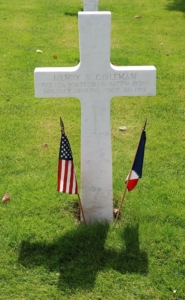 quarters aboard troop ships. As they were mustered out of the service, the soldiers returned home to all corners of the country, carrying the flu virus with them. More than 675,000 Americans would die from the Spanish Flu, a ratio that would equate to about 2.15 million in terms of today’s population. Clemson’s Scroll of Honor includes thirty-four heroes who died during the First World War. Of these, thirteen succumbed to pneumonia.
quarters aboard troop ships. As they were mustered out of the service, the soldiers returned home to all corners of the country, carrying the flu virus with them. More than 675,000 Americans would die from the Spanish Flu, a ratio that would equate to about 2.15 million in terms of today’s population. Clemson’s Scroll of Honor includes thirty-four heroes who died during the First World War. Of these, thirteen succumbed to pneumonia. Henry Alexander Coleman was buried at the Meuse-Argonne American Military Cemetery in France. There is also a marker placed in his memory at Antioch Cemetery in Fairfield County.
Henry Alexander Coleman was buried at the Meuse-Argonne American Military Cemetery in France. There is also a marker placed in his memory at Antioch Cemetery in Fairfield County.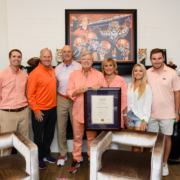

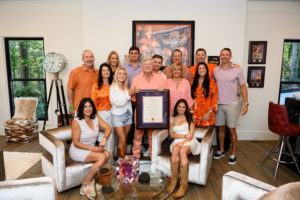
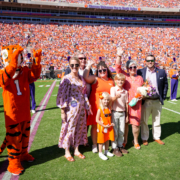


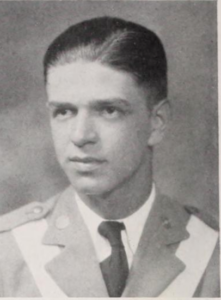
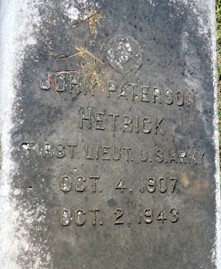 In mid-autumn of 1943, Hetrick was admitted to the post hospital for treatment of symptoms diagnosed as a cold. On October 2, during his brief hospital stay, Hetrick died from an acute heart attack. He died two days short of his thirty-sixth birthday,
In mid-autumn of 1943, Hetrick was admitted to the post hospital for treatment of symptoms diagnosed as a cold. On October 2, during his brief hospital stay, Hetrick died from an acute heart attack. He died two days short of his thirty-sixth birthday,